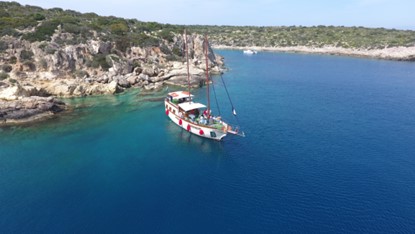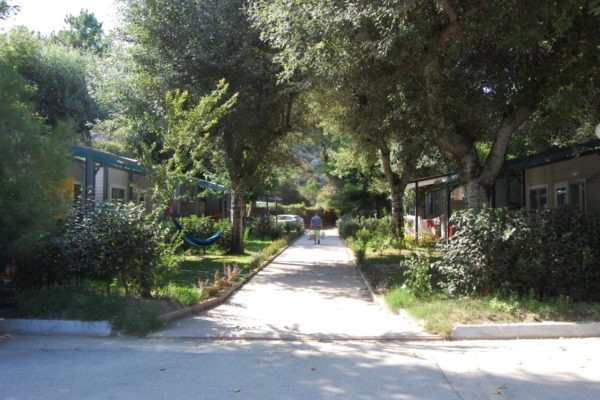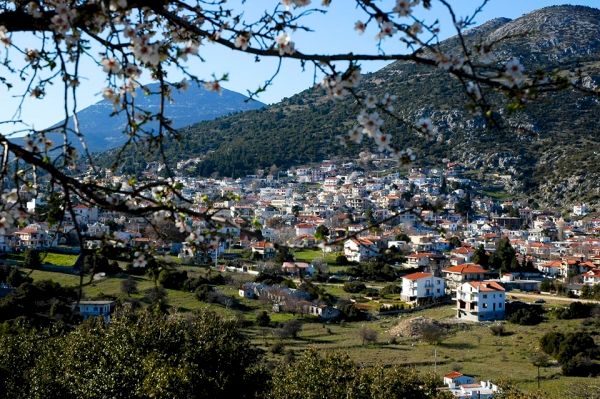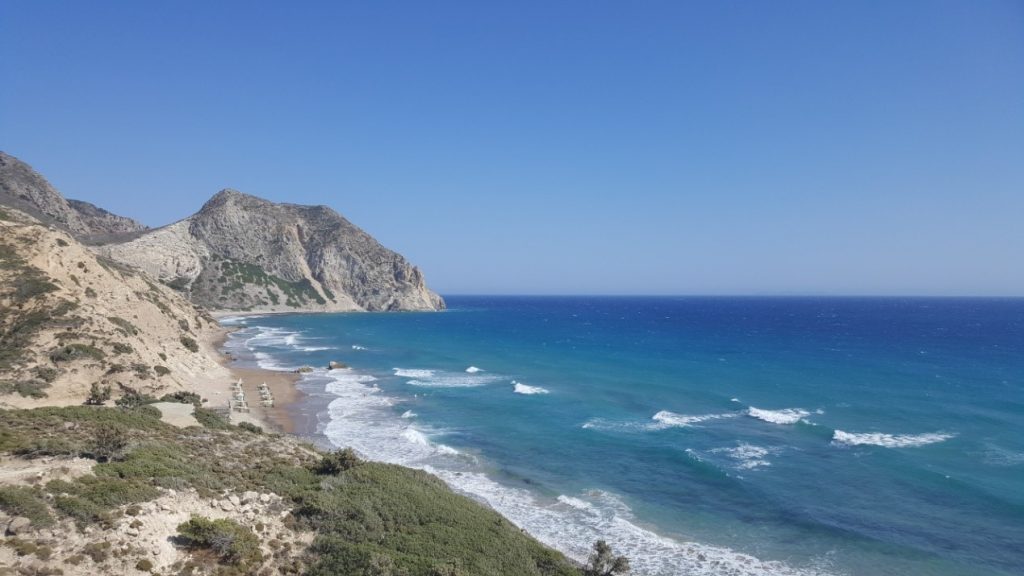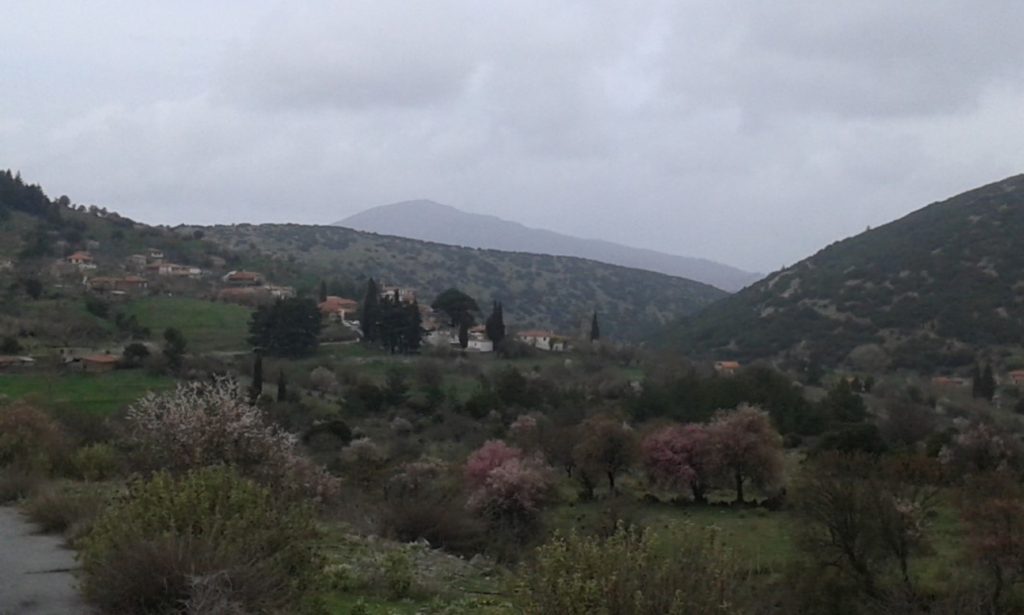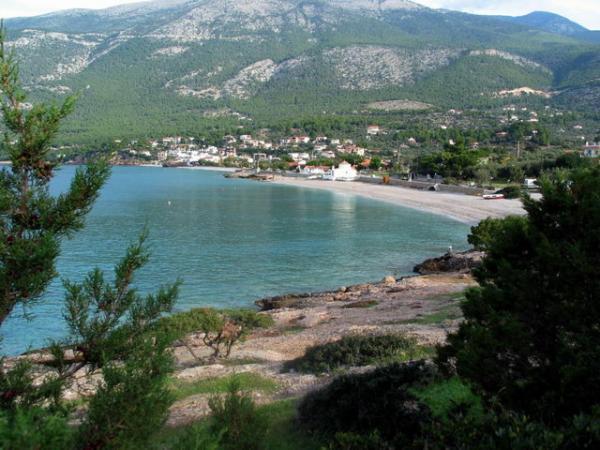10 Medieval European cities, UNESCO World Heritage of Unesco
SALZBURG, AUSTRIA
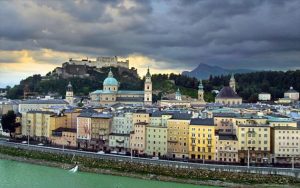
The city Salzburg (Salzburg or Salzburg), built next to the Salzach River, of D.. Austria, on the border with Bavaria, It is the capital of the federal state of Salzburg. It was an important commercial hub primarily on trade with the mineral salt that is why the area is known as "mineral gold ' (German: Salz = salt and Burg = tower). The town developed from the Middle Ages until the end of the 19th century. the baroque architecture of its buildings to the owes to Italian architects, Scamozzi και Santini Solari. It is the birthplace of Wolfgang Amadeus Mozart and the main attraction of all is the Hohensalzburg Castle. It belongs to the UNESCO World Heritage Monuments.
LUBECK, GERMANY
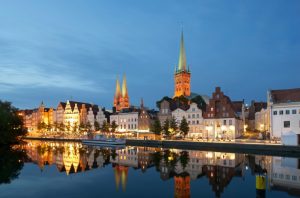
The city of Lubeck (Lubeck and Lubeck) They built beside the River Trave and is the most beautiful medieval city in Germany. From the 14th century. It was the capital of the Hanseatic League (an association of market towns, merchants and guilds coming mainly from the Baltic Sea). In the Middle Ages, as a Baltic port, It was an important commercial hub and developed great naval power. A characteristic feature of the architecture is the Brick Gothic style that the external construction of buildings to be with apparent bricks. This style is observed in cities in northern Europe, especially in the Baltic Sea regions where there is a shortage of natural stone. symbol of the city is the Gate Holstentor (1464-1478), which constitutes part of the 15th century fortification. located near the historic salt warehouses Salzspeicher. From 1987 It belongs to the UNESCO World Heritage Monuments.
BRUGGE, BELGIUM
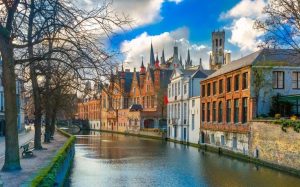
Η Bruges (Bruges) located in Flanders region of Belgium and
called "Venice of the North" because of the many canals running down the city.
In the 12th century. was the so called "golden passage" as well because the port of node has large commercial.
The Old City impresses with the architecture of buildings in style
Brick Gothic
It belongs to the UNESCO World Heritage Monuments.
GRANDSON, Poland
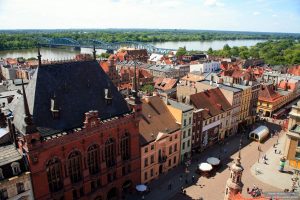
the Torun (Torun) It is located next to the Vistula River B. Polish. Founded in 1233 the Teutonic Order of Knights and the 1264-1411 He was a member of the Hanseatic League of traders.
The architecture of the buildings of the Old Town (14th -15) It is influenced by the rate of Brick Gothic, Renaissance Mannerism style and rhythm Baroque .
Born in Torun 1473 the mathematician and astronomer, Nicolaus Copernicus.
From 1997 It belongs to the UNESCO World Heritage Monuments.
CRACOVIA, Poland
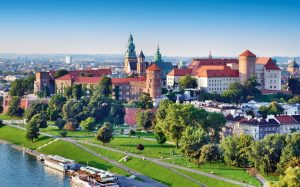
The Cracovia (Krakow) It is built at the foot of the Wawel Castle.
The Middle Ages was the capital of Poland (1308 – 1569) with great economic boom.
The architecture of the buildings and churches are Gothic with most impressive feature of the medieval village of Kazimierz, NW. Old Town (Old Town).
From 1978 It belongs to the UNESCO World Heritage Monuments.
REGENDURG, GERMANY
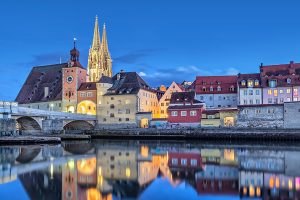
the Regenburg (Regensburg) Located in the heart of Bavaria built at the northernmost point of the Danube River.
The city was founded by the Romans and from the Middle Ages up to the beginning of the 19th century. It was an important commercial and financial center of Germany.
In the Old Town there are many Roman and Gothic buildings and a bridge of the 12th century.
In the Middle Ages it was one of the centers of the Holy Roman Empire (medieval empire in Central Europe).
It belongs to the UNESCO World Heritage Monuments.
SIENA, ITALY
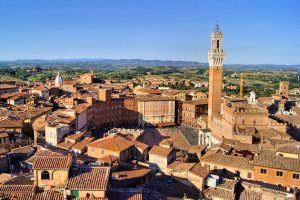
The city of Siena (Siena) located in Italy and is the capital of the Tuscany countryside.
The medieval old town is filled with Gothic buildings of the 12th-15th century. built around a large square, την Piazza del Campo.
In the Old City, around the Piazza del Campo, conducted twice a year (at 2 July and 16 August), a traditional medieval horse race, Palio η (Old).
The historic city center is one of the UNESCO World Heritage Monuments.
DUBROVNIK, CROATIAN
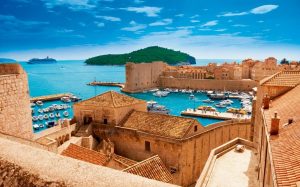
the Dubrovnik (Dubrovnik) Located on the Dalmatian coast of Croatia and called "Pearl of the Adriatic".
In the Middle Ages, particularly from the 13th century. It was a great naval power in the Adriatic sea.
It combines Gothic elements, Renaissance and Baroque architecture. destroyed in 1667 earthquake and 1990, largely of, from the war. Restored and renovated with the assistance of UNESCO and belongs in the directory with the UNESCO World Heritage.
SIGHISOARA, ROMANIA
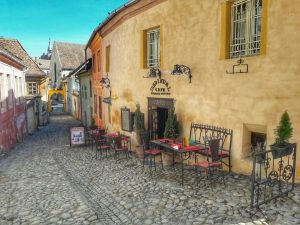
The Sighisoara (Sighisoara) is a beautiful medieval town founded by the Saxons of Transylvania.
The Old City is surrounded by high fortified walls, with 11 towers, with more characteristic the Clock Tower (The clock tower), which is the gateway to the Old Town and to Piata Hermann Oberth. It belongs to the World Heritage of UNESCO.
DIRTY, MONTENEGRO
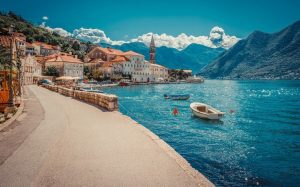
the Kotor (Kotor) located in the largest bay in Montenegro reminiscent fjord, the Boka Kotorska, (Bay of Kotor). The old medieval town, Old Town, built beside the River Skurda, at the foot of Mount San Giovanni, with the homonymous Castle. In the Middle Ages the port of Kotor used as a commercial node towards the Adriatic Sea. He was acquired from the Venetian Republic, which built the impressive Fortress, with high walls (height 20 m.), towers and bastions, to protect the city from sea attacks (13th - 14th). At 15 April 1979 a great earthquake that struck the region, destroyed a part of the fortifications and many medieval buildings. From 1979 the Old Town and the natural environment of the Gulf of Kotor belonging to Monuments & Sites of UNESCO World Heritage.





